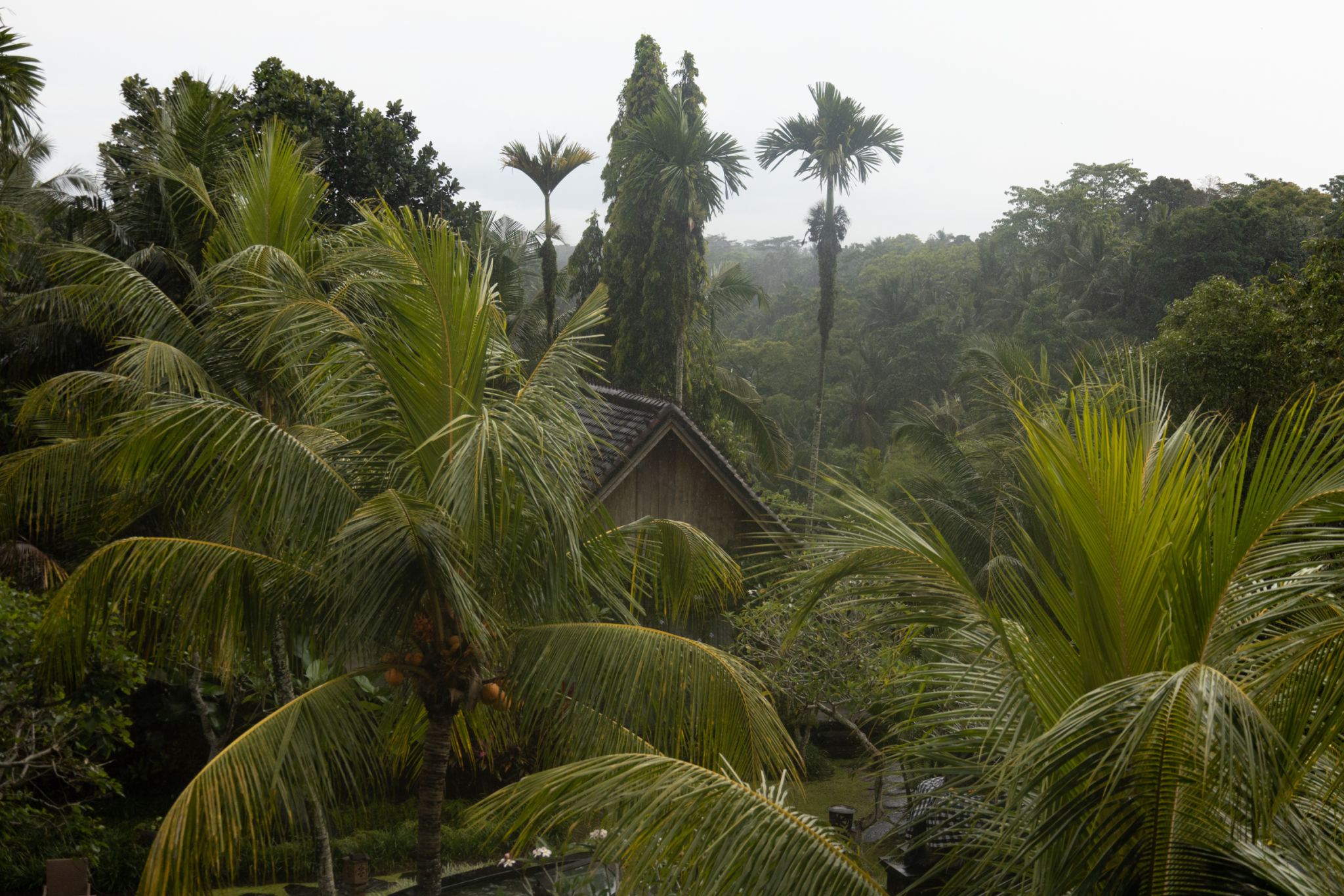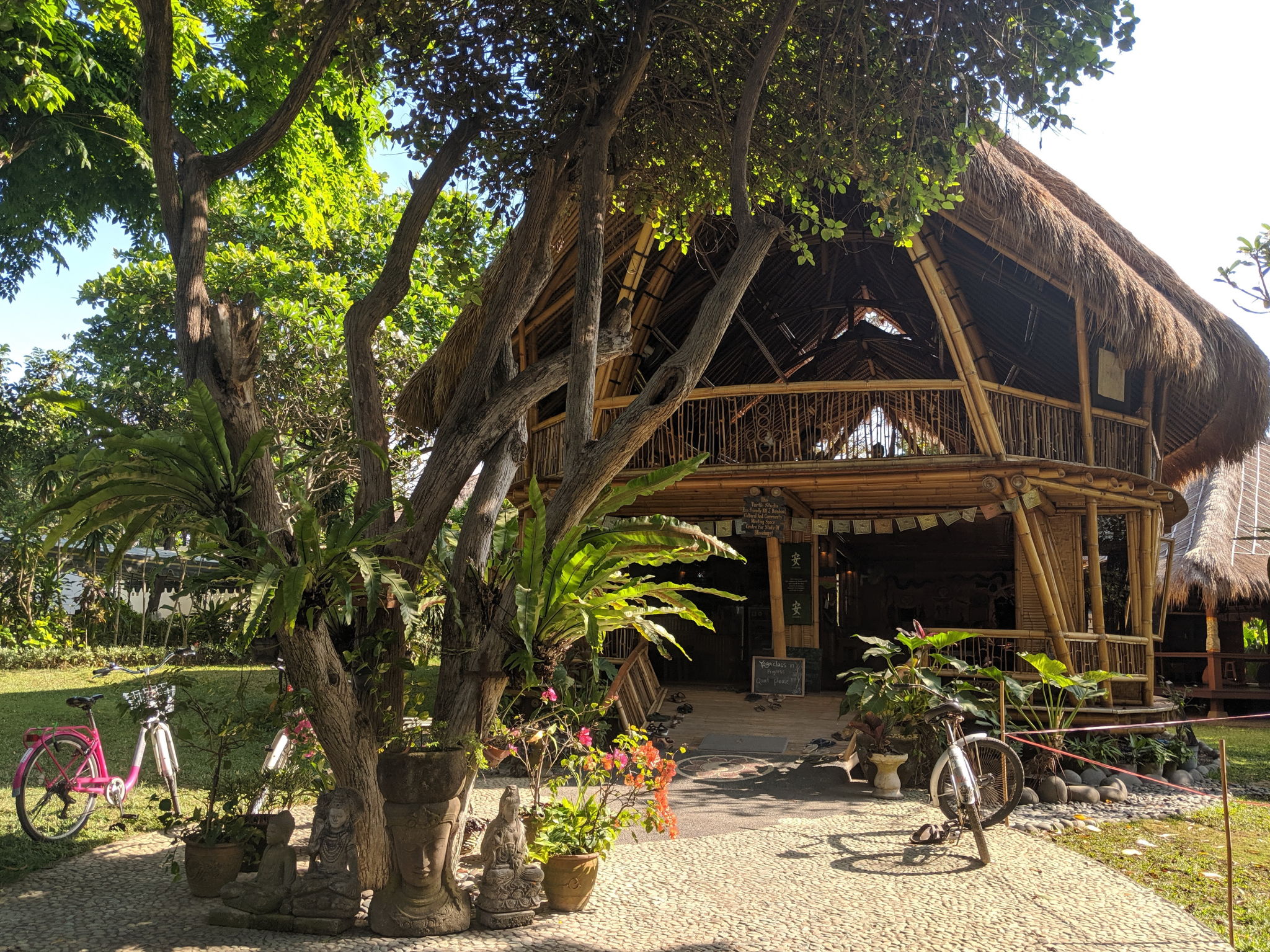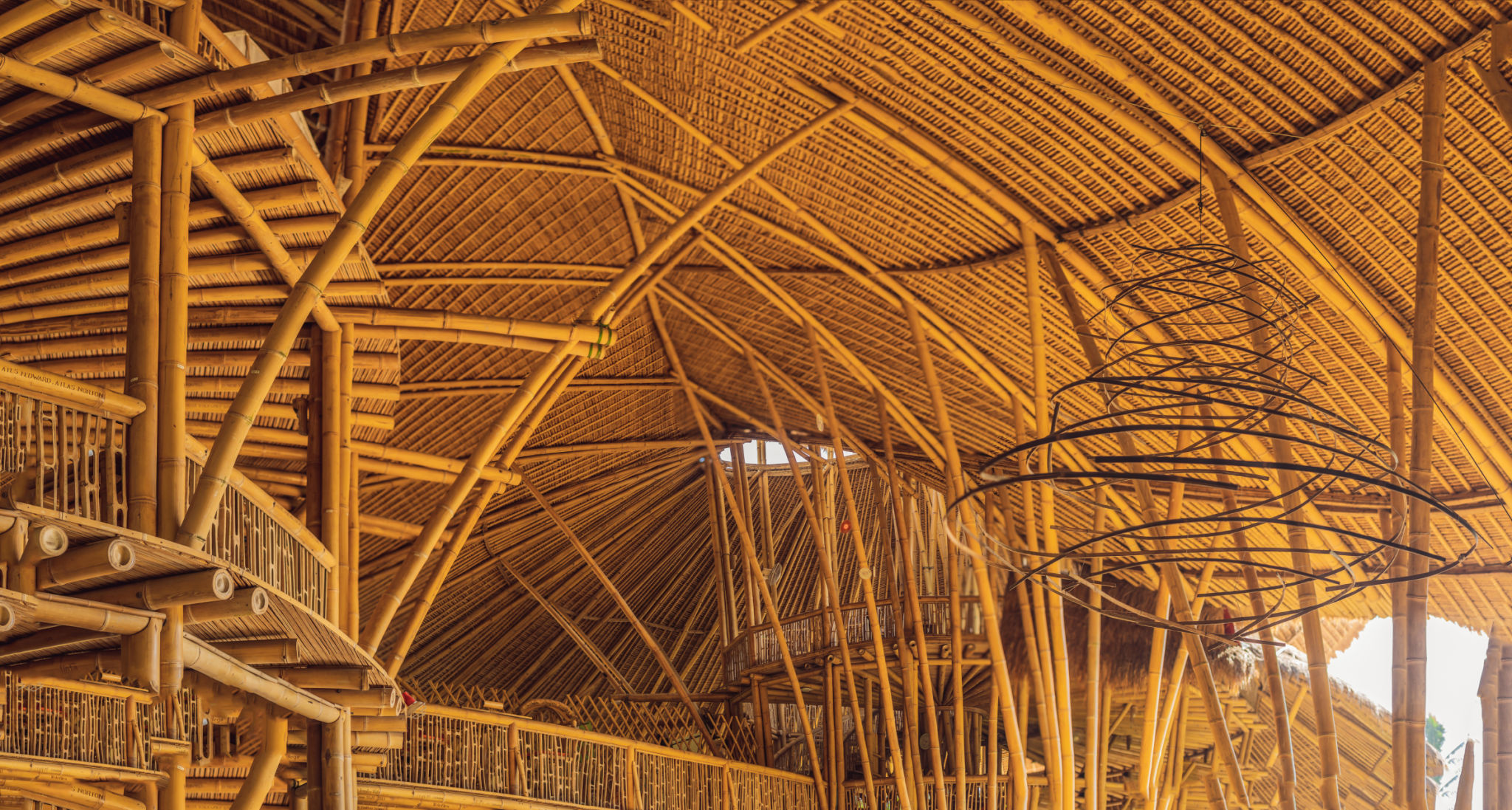Biophilic Architecture: Achieving Net Zero in Bukit Peninsula, Bali
Introduction to Biophilic Architecture
Biophilic architecture is a design approach that connects people with nature. It integrates natural elements into buildings and urban spaces. This helps to improve well-being and environmental sustainability.
In Bukit Peninsula, Bali, this architectural style is gaining attention. The region's natural beauty makes it an ideal place for biophilic design. Developers are now focusing on achieving net zero energy buildings using biophilic principles.
Importance of Net Zero Buildings
Net zero buildings produce as much energy as they consume. This is crucial for reducing carbon emissions and combating climate change. In Bukit Peninsula, developers are committed to creating sustainable buildings.
These buildings use renewable energy sources like solar and wind power. They also incorporate energy-efficient systems and materials. This helps to minimize the environmental impact of construction and operation.
Key Features of Biophilic Design
Biophilic design includes several key features. These elements help to create a strong connection with nature:
- Natural Light: Maximizing natural light reduces the need for artificial lighting.
- Green Spaces: Incorporating plants and green areas improves air quality and aesthetics.
- Water Elements: Features like fountains and ponds create a calming atmosphere.

Benefits of Biophilic Architecture
Biophilic architecture offers numerous benefits. It enhances the well-being of occupants by reducing stress and improving mood. Natural elements also boost productivity and creativity.
For the environment, biophilic design helps to conserve resources. It promotes the use of sustainable materials and renewable energy. This reduces the overall carbon footprint of buildings.
Case Studies in Bukit Peninsula
Several projects in Bukit Peninsula showcase successful biophilic design. These buildings blend seamlessly with the natural landscape. They use local materials and incorporate traditional Balinese design elements.
One notable example is a resort that uses solar panels and rainwater harvesting. The resort also features extensive green roofs and walls. These elements help to regulate temperature and provide habitat for local wildlife.

Challenges and Solutions
Implementing biophilic design can be challenging. It requires careful planning and consideration of local conditions. However, the benefits far outweigh the difficulties.
Developers in Bukit Peninsula are finding innovative solutions. They are using advanced technology to optimize energy use. They also collaborate with local communities to ensure sustainable practices.
Future of Biophilic Architecture in Bali
The future of biophilic architecture in Bali looks promising. As awareness of environmental issues grows, more developers are adopting these principles. This trend will help to preserve the natural beauty of Bukit Peninsula.
By achieving net zero buildings, Bali can become a model for sustainable development. This will attract eco-conscious tourists and investors, boosting the local economy.

Conclusion
Biophilic architecture is transforming Bukit Peninsula. By integrating natural elements and achieving net zero energy, developers are creating sustainable and beautiful spaces. This approach benefits both people and the planet.
As more projects embrace biophilic design, Bali will continue to lead in sustainable development. This will ensure a greener and healthier future for everyone.
